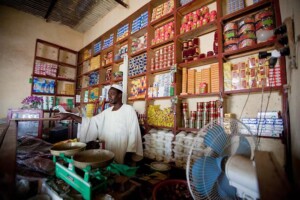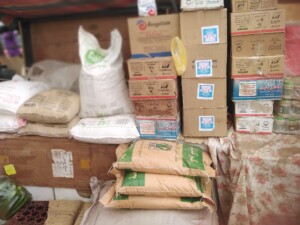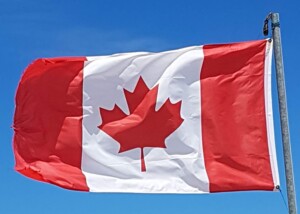Sudan’s inflation hit 412.75% in June
Sudan’s inflation rate for the month of June rose to 412.75%, compared to a rate of 378.79% for the month of May 2021, an increase of 33.96 points, according to official Sudanese government statistics.
 File graphic (RD)
File graphic (RD)
Sudan’s inflation rate for the month of June rose to 412.75 per cent, compared to a rate of 378.79 per cent for the month of May 2021, an increase of 33.96 points, according to official Sudanese government statistics.
The inflation rate for the food and beverage group was 247.97% in June compared to 241.83% for May and the basic rate without the food and beverage group, was 643.87 per cent compared to 597.87 per cent in May.
The inflation rate for imported goods in the consumer basket was 230.32 per cent in June, up from an average of 235.19 per cent in May. The price for consumer and service goods increased in eleven states during June, with the highest increase in El Gezira, where it reached 202.11 per cent. Seven states decreased. The highest decrease was in Central Darfur, which reached 111.26 per cent, and the lowest was in South Kordofan, which amounted to 15.93 per cent. El Gedaref recorded the highest increase in the annual rate of change, reaching 1,141.03 per cent.
The Sudanese Minister of Finance has welcomed the decision by The Paris Club creditors group to cancel $14.1 billion in Sudanese debt, and to reschedule the terms of servicing a further $9.5 billion owed to the group. The Paris Club congratulated Sudan for the strong measures of poverty reduction and ambitious economic reforms that have allowed the country to reach the Decision Point under the enhanced Heavily Indebted Poor Countries (HIPC) Initiative as announced in June by the World Bank and the International Monetary Fund (IMF).
Positive news of international debt relief, coupled with an increased supply of foreign currency within Sudan, has seen the Sudanese Pound (SDG) rally against major international currencies this month, in the immediate aftermath of the May Paris Conference, where Sudan’s huge debt arrears were cleared, paving the way for the country’s re-entry into the international financial community.
Initial reports in May showed a hesitant market, however the currency has risen steadily in value on international markets, as well as in Sudan. Commentators suggest that as the Central Bank of Sudan releases more foreign currency onto the market via commercial banks to meet demand, more foreign currency is traded transparently via legal means than via the illegal parallel market.











 and then
and then